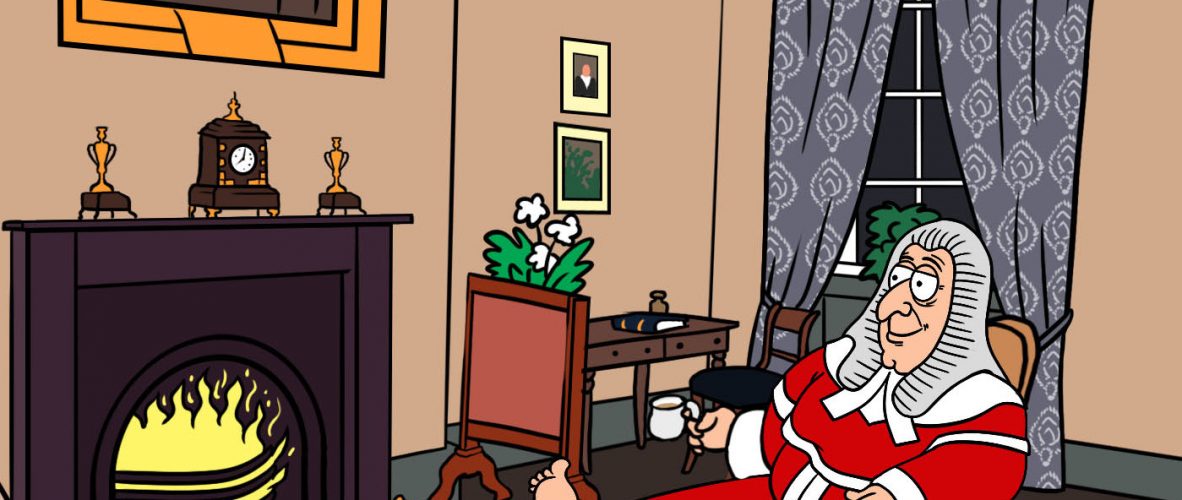after her coronation in 1837? Have a parliamentary meeting? Have tea with all the royal dignitaries? No – she gave her dog, Dash, a bath.

Toys are a fantastic way to learn more about the Victorians. You can find out what children liked to do, what they looked like and how they used their toys…
What was it like being a Victorian child at school? Did they learn the same things as us? What did they dress like? What did they play in their breaks? …
Out in the playground there were plenty of games to entertain. Games with balls, marbles and tops were all popular (see The Judge’s Lodging’s Victorian Toys – Resources for Teachers)….
In this section you will find some pages from notebooks belonging to children from Presteigne. You will also find a school report. 1. School Report: Although lessons mainly concentrated on…
Cymraeg1. Slate & pencil: Using a slate in class was an easy and cost-effective way to write and draw. The pencils were also made of slate and the board could…
Prior to the 1860s, children learned their ‘3Rs’ by attending a ‘private adventure school’ for, at most, one or two years in their early childhood. Presteigne had five or six…
Victorian children’s clothes often made them look like miniature adults. Here you can see the ‘best’ clothes of a little boy and girl, which would have been worn when visitors…
Scrapbooks were a favourite pastime of Victorian children. They could be used to collect pieces from newspapers, adverts, fashion pictures, postcards, poems, drawings, pressed leaves and art projects in. Their…
Victorian children enjoyed trips to see pantomimes. At home they would recreate the excitement by using table-top toy theatres to perform plays for their friends and family. Toy theatres could…
Used both for construction and as a type of three dimensional jigsaw, these block are hollow, made from thin pieces of wood covered with paper pictures. In the classroom: How…
There are two jigsaws from the 1880s: ‘How jolly it is to be at the seaside’ and ‘Skipping-time comes after lesson-time’. Jigsaws have always been used as educational toys, helping…
The two types of marble shown here are glass and clay. Glass marbles were expensive as they had to be made by hand. If you look at a modern glass…
Outdoor games Here, you can see three different wooden whipping tops. The drawings show a top with its whip and boys playing in a ring, seeing whose will spin the…
Books of games to be played outdoors or at home were very popular. This game of ‘Head, Body and Legs’ comes from The Modern Playmate – A Book of Games,…
Toys that show transport have always fascinated children. Models of horses and carts gave way to toy trains as the excitement of the railway came to Britain, allowing people, for…
English pedlar dolls were faithful replicas of street traders (hawkers) who were a common site in London and other large cities. Their clothes accurately represented that of the working-classes at…
The two dolls shown here are an excellent way to see the difference between what rich and poor girls would have had to play with. The large doll has a…
The Human Alphabet Cut out squares of card and attach a cord, long enough to go over a child’s head, to the top corners (it should hang down like a…